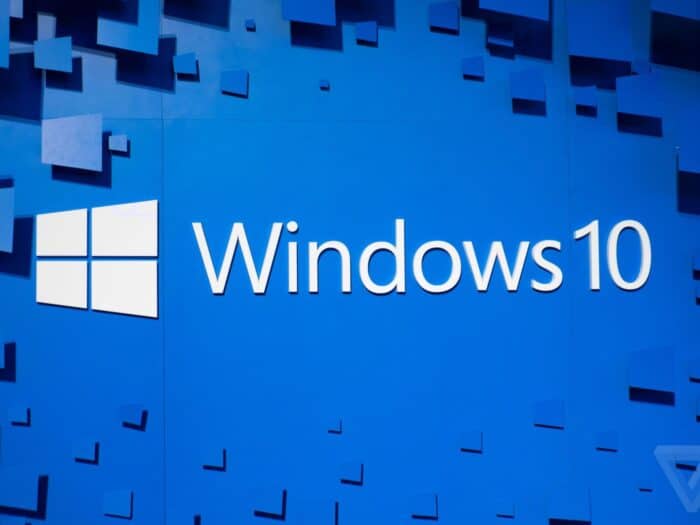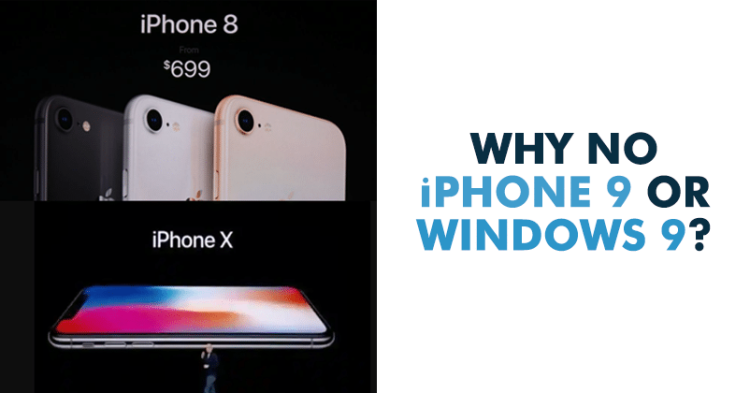Recently, Apple virtually introduced many new items. But why did Microsoft and Apple exclude version 9?

Recently, Apple virtually introduced many new items. But why did Microsoft and Apple exclude version 9?
Apple and Microsoft, without mentioning these two titans, the technology sector would be lacking. These two digital behemoths have dominated the market with consistent innovation for many years.
Directly following the well-known iPhone 8, Apple released the iPhone X. Why?
What is the cause of this, though? Was this a business plan, or was it something else? The same thing happened with Windows; Microsoft released Windows 10 immediately following Windows 8. Every person had a unique perspective on the subject. Read on to learn the real explanation!
Why did Apple not launch the iPhone 9?

Let’s start by discussing Apple. The business chose to introduce the iPhone X in 2017 to coincide with iPhone’s tenth anniversary.
In that year, Apple released its “Xth” model to commemorate its tenth anniversary. It could have been perplexing to have an iPhone 9 that celebrated its tenth anniversary.
Additionally, the corporation wished to represent the fresh start of the design concepts.
Additionally, the numbers 9 and 13 are both seen as unlucky in many civilizations. In Asian languages, the number carries negative connotations; one translation translates as an actual curse in Chinese and as torment or suffering in Japanese.
We, everybody, assumed the next iPhone would be the iPhone 9, but Apple had another product in store. While preserving its branding and marketing, it unveiled the iPhone X.
Why Didn’t Windows 9 Exist?

About Microsoft, the corporation jumped straight to version 10 from version 8.1. Since Microsoft’s Version 8 received a lot of negative feedback, they intended to represent change.
The next Windows upgrade will be the final “big” Windows update, they sought to convey.
Microsoft said that it ignored Windows 9 to highlight how drastically different Windows 10 seems to be from earlier iterations and how the firm operates.
The desire to represent a brand-new start for a product was the other main factor.
Additionally, Windows 95 and 98 existed in the past, which makes a similar Windows 9 potentially confusing and having code overlap.
This explains why Apple and Microsoft omitted the number 9!
















